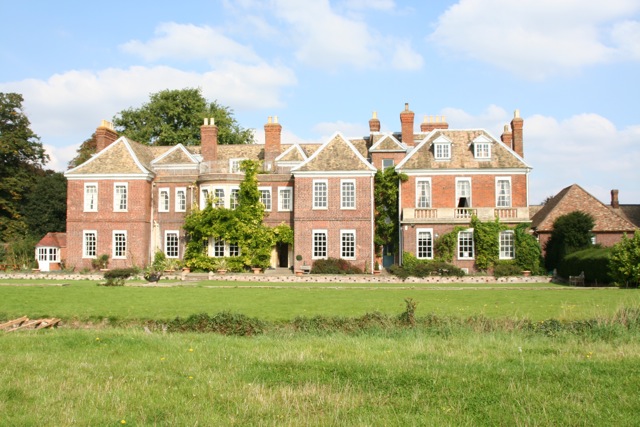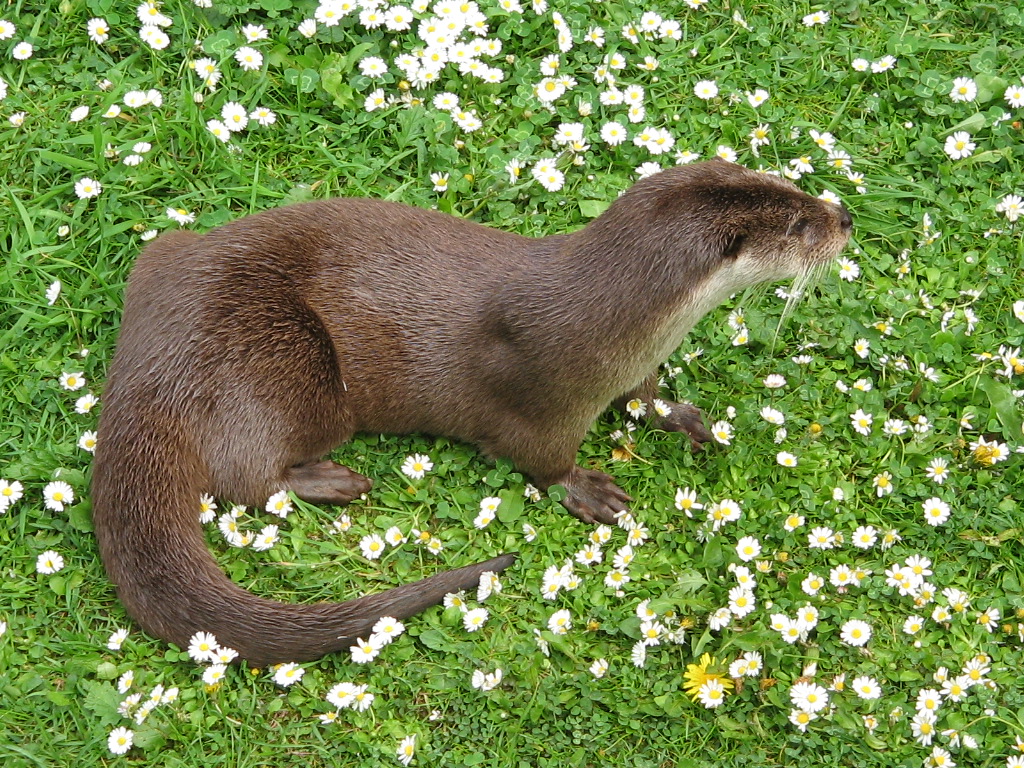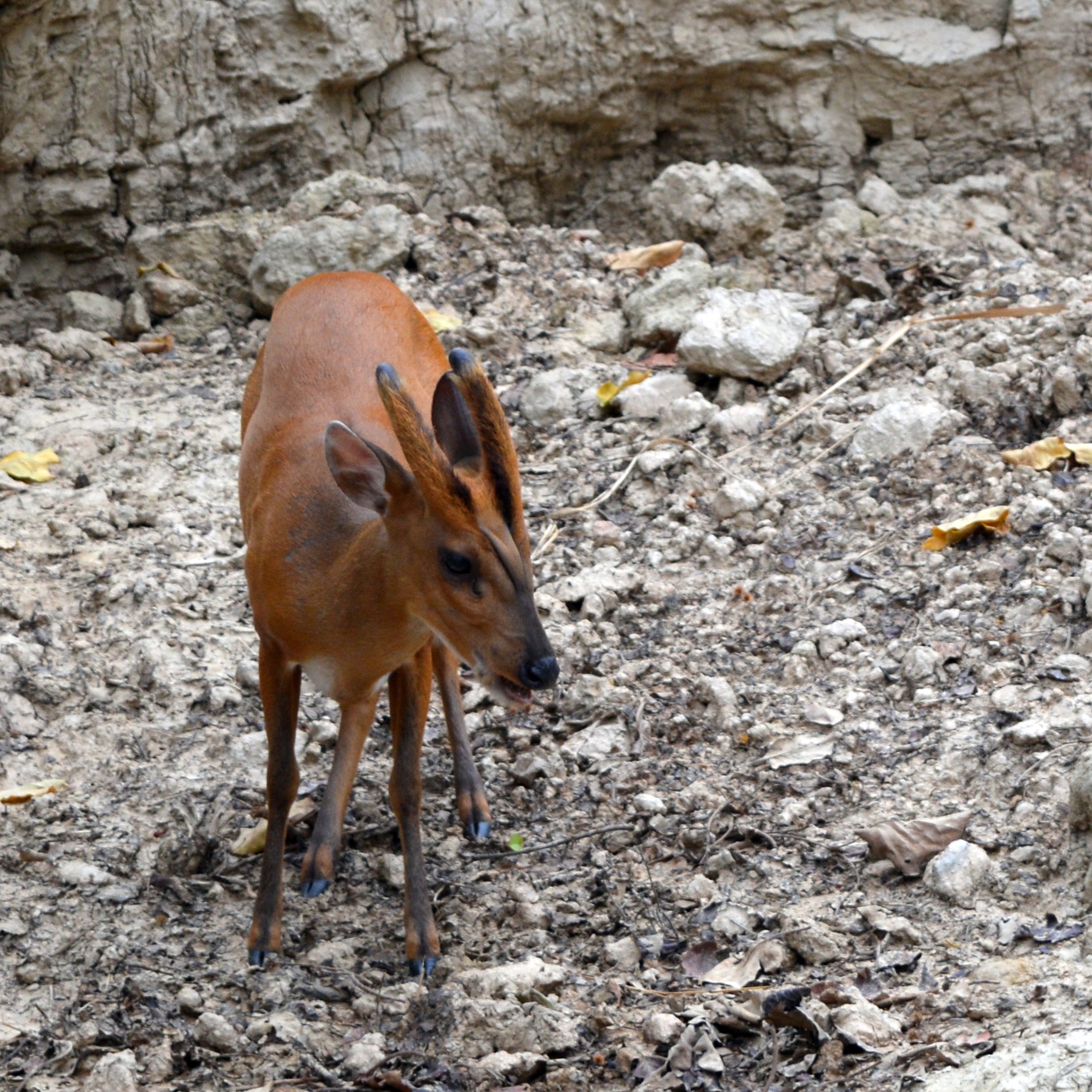|
Trumpington Meadows
Trumpington Meadows Country Park is a 58 hectare nature reserve in Trumpington in Cambridgeshire. It is managed by the Wildlife Trust for Bedfordshire, Cambridgeshire and Northamptonshire. This site has flower meadows, woodland, ponds, and is adjacent to the River Cam and Byron's Pool, where Lord Byron once swam. Fauna include otters, brown hares, muntjac deer, skylarks, lapwings, yellowhammers and meadow pipit The meadow pipit (''Anthus pratensis'') is a small passerine bird that breeds throughout much of the Palearctic, from south-eastern Greenland and Iceland east to just east of the Ural Mountains in Russia, and south to central France and Romania; ...s. There is access from Grantchester Road. cmglee_Cambridge_Trumpington_Meadows_lake.jpg, The balancing pond at Trumpington Meadows in April 2021 cmglee_Cambridge_Trumpington_Meadows_swan.jpg, Swans at Trumpington Meadows in April 2021 References {{Wildlife Trust for Bedfordshire, Cambridgeshire and Northamptonshire ... [...More Info...] [...Related Items...] OR: [Wikipedia] [Google] [Baidu] |
Trumpington
Trumpington is a village in Cambridgeshire, England, mostly located in Cambridge, with a small southern area of the village extending into the South Cambridgeshire district. As of the 2021 United Kingdom census, 2021 UK census, the village had a population of 12,393 people. The village was a separate parish from the History of Anglo-Saxon England, Anglo-Saxon era until the 20th century. In 1912 all of the land north of Long Road was transferred to Cambridge, and on 1 April 1934 most of the remaining land, including all of the village, was also given over to Cambridge. Only , almost uninhabited, were transferred to Haslingfield parish. In 1931 the parish had a population of 1183. The Cambridge Local Plan 2006 took land around the village out of the green belt and paved the way for an urban extension due for completion in 2023. A map of the enlarge village is available in ''The Trumpet'', a community magazine produced by the parish church. Archaeology There is evidence of Briti ... [...More Info...] [...Related Items...] OR: [Wikipedia] [Google] [Baidu] |
Cambridgeshire
Cambridgeshire (abbreviated Cambs.) is a Ceremonial counties of England, ceremonial county in the East of England and East Anglia. It is bordered by Lincolnshire to the north, Norfolk to the north-east, Suffolk to the east, Essex and Hertfordshire to the south, Northamptonshire to the west, and Bedfordshire to the south-west. The largest settlement is the city of Peterborough, and the city of Cambridge is the county town. The county has an area of and had an estimated population of 906,814 in 2022. Peterborough, in the north-west, and Cambridge, in the south, are by far the largest settlements. The remainder of the county is rural, and contains the city of Ely, Cambridgeshire, Ely in the east, Wisbech in the north-east, and St Neots and Huntingdon in the west. For Local government in England, local government purposes Cambridgeshire comprises a non-metropolitan county, with five Districts of England, districts, and the Unitary authorities of England, unitary authority area o ... [...More Info...] [...Related Items...] OR: [Wikipedia] [Google] [Baidu] |
Wildlife Trust For Bedfordshire, Cambridgeshire And Northamptonshire
The Wildlife Trust for Bedfordshire, Cambridgeshire and Northamptonshire (WTBCN) is a registered charity which manages 126 nature reserves covering . It has over 35,000 members, and 95% of people in Bedfordshire, Cambridgeshire and Northamptonshire live within five miles of a reserve. As of 31 March 2016 it employed 105 people and had an income of £5.1 million. It aims to conserve wildlife, inspire people to take action for wildlife, offer advice and share knowledge. The WTBCN is one of 36 wildlife trusts covering England, and 46 covering the whole of the United Kingdom. In 1912 Charles Rothschild formed the Society for the Promotion of Nature Reserves to protect sites considered "worthy of preservation". The society worked to secure statutory protection, and this began with the National Parks and Access to the Countryside Act 1949. In 1959 the society took on a coordinating role for local wildlife trusts, which covered the whole of Britain and Northern Ireland by 1978. The ... [...More Info...] [...Related Items...] OR: [Wikipedia] [Google] [Baidu] |
River Cam
The River Cam () is the main river flowing through Cambridge in eastern England. After leaving Cambridge, it flows north and east before joining the River Great Ouse to the south of Ely, Cambridgeshire, Ely, at Pope's Corner. The total distance from Cambridge to the sea is about and is navigable for punts, small boats, and rowing craft. The Great Ouse also connects to Canals of the United Kingdom, England's canal system via the Middle Level Navigations and the River Nene. In total, the Cam runs for around from its furthest source (near Debden, Uttlesford, Debden in Essex) to its confluence with the Great Ouse. Name The original name of the river was the ''Granta'' and (unusually) its present name derives from the city of Cambridge () rather than the other way around: After the city's present name developed in Middle English, the river's name was back formation, backformed to match. This was not universally applied, however, and the upper stretch of the river continues to be i ... [...More Info...] [...Related Items...] OR: [Wikipedia] [Google] [Baidu] |
Byron's Pool
Byron's Pool is a 4.4 hectare Local Nature Reserve in Grantchester in Cambridgeshire. It is managed by Cambridge City Council and the City Greenways Project. The site is named after Lord Byron, who used to swim in the water. It is a pool and adjacent woodland next to the River Cam and Trumpington Meadows. Birds include little grebes and grey wagtails, and there are frogs, butterflies, damselflies and dragonflies. There is access from Grantchester Road. References {{authority control Local Nature Reserves in Cambridgeshire River Cam ... [...More Info...] [...Related Items...] OR: [Wikipedia] [Google] [Baidu] |
Lord Byron
George Gordon Byron, 6th Baron Byron (22 January 1788 – 19 April 1824) was an English poet. He is one of the major figures of the Romantic movement, and is regarded as being among the greatest poets of the United Kingdom. Among his best-known works are the lengthy narratives ''Don Juan (poem), Don Juan'' and ''Childe Harold's Pilgrimage''; many of his shorter lyrics in ''Hebrew Melodies'' also became popular. Byron was educated at Trinity College, Cambridge, before he travelled extensively in Europe. He lived for seven years in Italy, in Venice, Ravenna, Pisa and Genoa after he was forced to flee England due to threats of lynching. During his stay in Italy, he would frequently visit his friend and fellow poet Percy Bysshe Shelley. Later in life, Byron joined the Greek War of Independence to fight the Ottoman Empire, for which Greeks revere him as a folk hero. He died leading a campaign in 1824, at the age of 36, from a fever contracted after the First Siege of Missolonghi, f ... [...More Info...] [...Related Items...] OR: [Wikipedia] [Google] [Baidu] |
Otter
Otters are carnivorous mammals in the subfamily Lutrinae. The 13 extant otter species are all semiaquatic, aquatic, or marine. Lutrinae is a branch of the Mustelidae family, which includes weasels, badgers, mink, and wolverines, among other animals. Otters' habitats include dens known as holts or couches, with their social structure described by terms such as dogs or boars for males, bitches or sows for females, and pups or cubs for offspring. Groups of otters can be referred to as a bevy, family, lodge, romp, or raft when in water, indicating their social and playful characteristics. Otters are known for their distinct feces, termed spraints, which can vary in smell from freshly mown hay to putrefied fish. Otters exhibit a varied life cycle with a gestation period of about 60–86 days, and offspring typically stay with their family for a year. They can live up to 16 years, with their diet mainly consisting of fish and sometimes frogs, birds, or shellfish, depending ... [...More Info...] [...Related Items...] OR: [Wikipedia] [Google] [Baidu] |
European Hare
The European hare (''Lepus europaeus''), also known as the brown hare, is a species of hare native to Europe and parts of Asia. It is among the largest hare species and is adapted to temperate, open country. Hares are herbivorous and feed mainly on grasses and herbs, supplementing these with twigs, buds, bark and field crops, particularly in winter. Their natural Predation, predators include large birds of prey, canidae, canids and felids. They rely on high-speed endurance running to escape predation, having long, powerful limbs and large nostrils. Generally nocturnal and shy in nature, hares change their behaviour in the spring, when they can be seen in broad daylight chasing one another around in fields. During this spring frenzy, they sometimes strike one another with their paws ("boxing"). This is not just competition between males, but also a female hitting a male, either to show she is not yet ready to mate or to test his determination. The female nests in a depression on t ... [...More Info...] [...Related Items...] OR: [Wikipedia] [Google] [Baidu] |
Muntjac Deer
Muntjacs ( ), also known as the barking deer or rib-faced deer, (URL is Google Books) are small deer of the genus ''Muntiacus'' native to South Asia and Southeast Asia. Muntjacs are thought to have begun appearing 15–35 million years ago, with remains found in Miocene deposits in France, Germany and Poland. Most are listed as least-concern species or Data Deficient by the International Union for Conservation of Nature (IUCN), although others such as the black muntjac, Bornean yellow muntjac, and giant muntjac are Vulnerable species, vulnerable, Near-threatened species, near threatened, and critically endangered, respectively. Name The present name is a borrowing of the latinisation of names, Latinized form of the Dutch language, Dutch , which was borrowed from the Sundanese language, Sundanese ''mencek'' (). The Latin form first appeared as in E.A.W. von Zimmerman, Zimmerman in 1780. An erroneous alternative name of ''Mastreani deer'' has its origins in a Vandalism on Wik ... [...More Info...] [...Related Items...] OR: [Wikipedia] [Google] [Baidu] |
Eurasian Skylark
The Eurasian skylark (''Alauda arvensis'') is a passerine bird in the lark family, Alaudidae. It is a widespread species found across Europe and the Palearctic with introduced populations in Australia, New Zealand and on the Hawaiian Islands. It is a bird of open farmland and heath, known for the song of the male, which is delivered in hovering flight from heights of . The sexes are alike. It is streaked greyish-brown above and on the breast and has a buff-white belly. The female Eurasian skylark builds an open nest in a shallow depression on open ground well away from trees, bushes and hedges. She lays three to five eggs which she incubates for around 11 days. The chicks are fed by both parents but leave the nest after eight to ten days, well before they can fly. They scatter and hide in the vegetation but continue to be fed by the parents until they can fly at 18 to 20 days of age. Nests are subject to high predation rates by larger birds and small mammals. The parents can hav ... [...More Info...] [...Related Items...] OR: [Wikipedia] [Google] [Baidu] |
Vanellus Vanellus
The northern lapwing (''Vanellus vanellus''), also known as the peewit or pewit, tuit or tewit, green plover, or (in Ireland and Great Britain) pyewipe or just lapwing, is a bird in the lapwing subfamily. It is common through temperate Eurosiberia. Taxonomy The northern lapwing was formally described by the Swedish naturalist Carl Linnaeus in 1758 in the tenth edition of his ''Systema Naturae'' under the binomial name ''Tringa vanellus''. The species is now placed with the other lapwings in the genus ''Vanellus'' that was introduced by the French zoologist Mathurin Jacques Brisson in 1760. The scientific name ''Vanellus'' is Medieval Latin for the northern lapwing and derives from ''vannus'', a winnowing fan. The species is monotypic: no subspecies are recognised. The name ''lapwing'' has been variously attributed to the "lapping" sound its wings make in flight, from the irregular progress in flight due to its large wings (the Oxford English Dictionary derives this from an O ... [...More Info...] [...Related Items...] OR: [Wikipedia] [Google] [Baidu] |
Yellowhammer
The yellowhammer (''Emberiza citrinella'') is a passerine bird in the Emberiza, bunting family that is native to Palearctic, Eurasia and has been introduced species, introduced to New Zealand and Australia. Most European birds remain in the breeding range year-round, but the eastern subspecies is partially bird migration, migratory, with much of the population wintering further south. The male yellowhammer has a bright yellow head, streaked brown back, chestnut rump, and yellow under parts. Other plumages are duller versions of the same pattern. The yellowhammer is common in open areas with some shrubs or trees, and forms small flocks in winter. Its song has a rhythm like "A little bit of bread and no cheese". The song is very similar to that of its closest relative, the pine bunting, with which it interbreeds. Breeding commences mainly in April and May, with the female building a lined cup nest in a concealed location on or near the ground. The three to five eggs are patterned ... [...More Info...] [...Related Items...] OR: [Wikipedia] [Google] [Baidu] |








